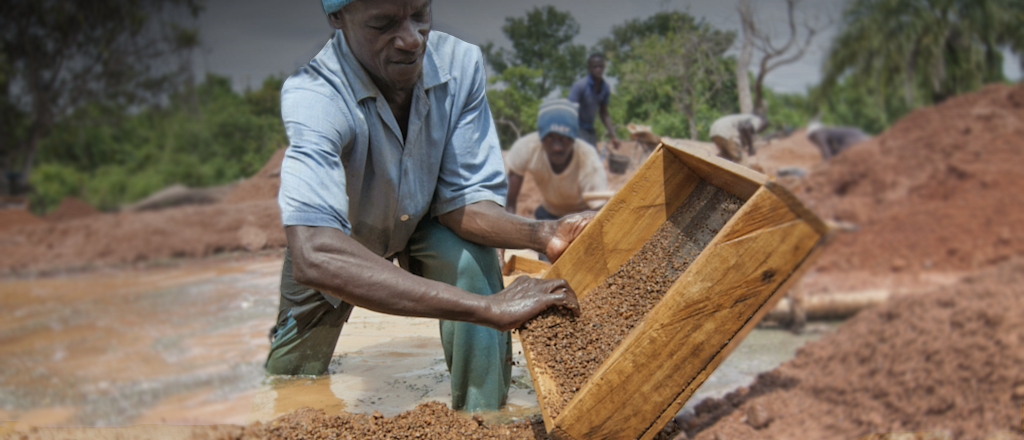This past year was filled with numerous moments to celebrate the work being done to address a critical development issue: rights to land and other resources. Secure land rights provide a foundation that helps people lift themselves out of poverty, improve food security, empower women and develop climate smart farming and land management practices. The work of USAID and its partners is becoming even more effective thanks to innovative technologies, community participation, impact evaluations and a growing body of evidence that links land rights to a host of positive outcomes. Throughout 2015, we brought you stories about this important work. Now join us in looking back at some of our favorite moments and the progress we are making.
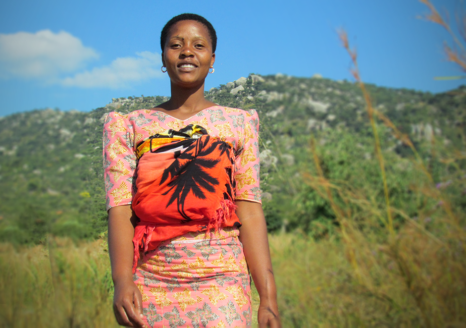
Tanzanian law gives women the right to own land, but customary systems and a lack of documented land rights have impeded many women’s ability to fully exercise their rights. USAID works in Tanzania to help secure women’s land rights using mobile and GPS technologies to map land borders and issue certificates, helping give women the documentation they need to secure their land rights. Learn about USAID’s Mobile Applications to Secure Tenure (MAST) in Tanzania »
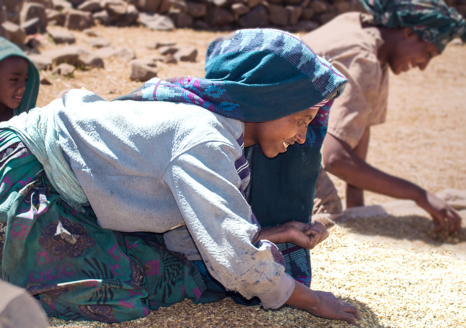
Women play a vital role in global food security. They make up much of the global agricultural labor force and produce a significant amount of the food grown in developing nations. However, globally women tend to own less land than men and their land rights tend to be less secure. But if women had access to the same productive resources, including land, research tells us that crop yields would increase and this would contribute to reducing the number of hungry people globally. Read the Four Things You Should Know About Women’s Land Rights »
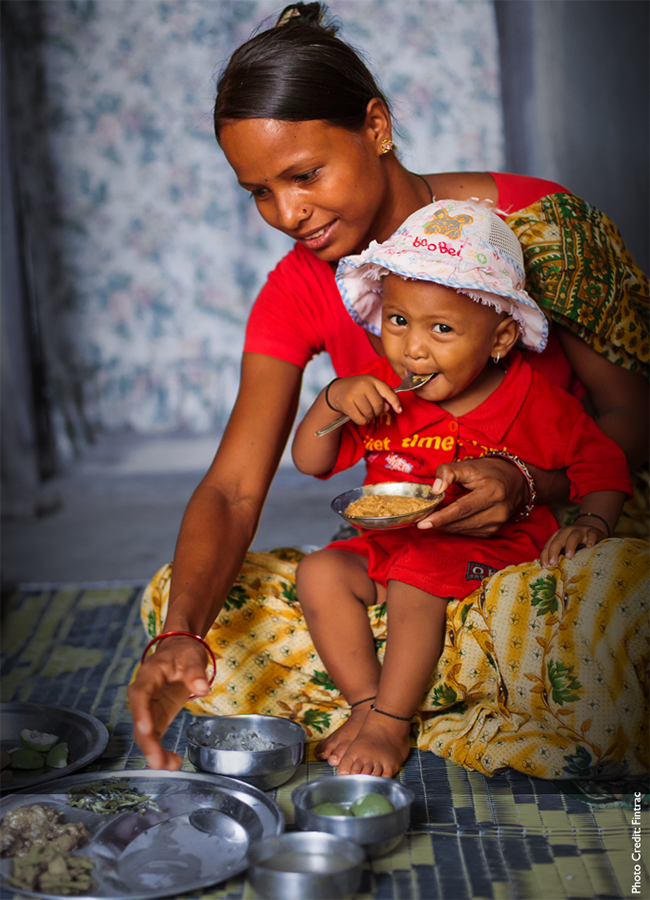
—United Nations Human Rights Council
Secure land rights for women not only benefit women themselves, but have a strong effect across communities, raising household incomes and improving food security. Women’s land rights most profoundly affect the lives of their children, who are more likely to receive proper nutrition, stay in school longer and receive better healthcare. Get the facts on what a mother’s land rights mean for children »
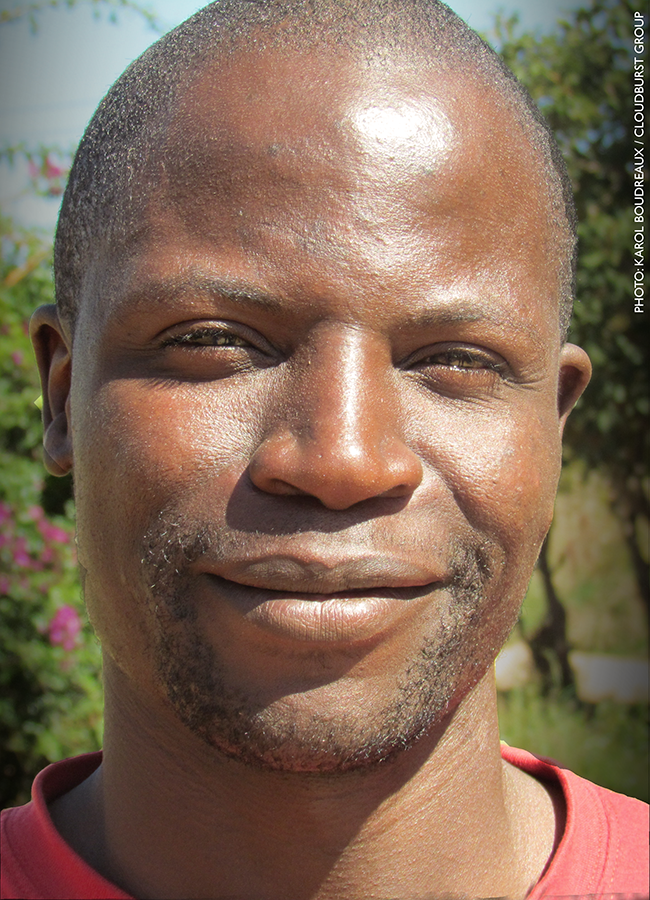
—Arnold Nyamgalima
Meet Arnold, a villager in Ilalasimba, Tanzania where USAID piloted Mobile Applications to Secure Tenure (MAST), focused on mapping and recording land for certification. In addition to being trained on the provisions of Tanzania’s land laws, villagers like Arnold are also trained in how to effectively resolve land disputes and to recognize and respect the rights of others—especially women. Meet some of the other villagers using USAID’s MAST »
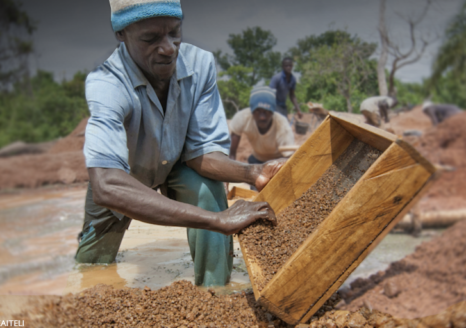
In mineral rich countries including Guinea and Cote d’Ivoire, diamonds are crucial to economic growth, but poor governance of these natural resources has all too often led to conflict and exploitation. To address the challenges of the illegal diamond trade and increase legal diamond production, USAID helps Guinea and Cote d’Ivoire improve their legal frameworks for diamond mining while strengthening the property rights of small-scale, artisanal diamond miners—improving their livelihoods and communities. Learn about Property Rights and Artisanal Diamond Development (PRADD) »
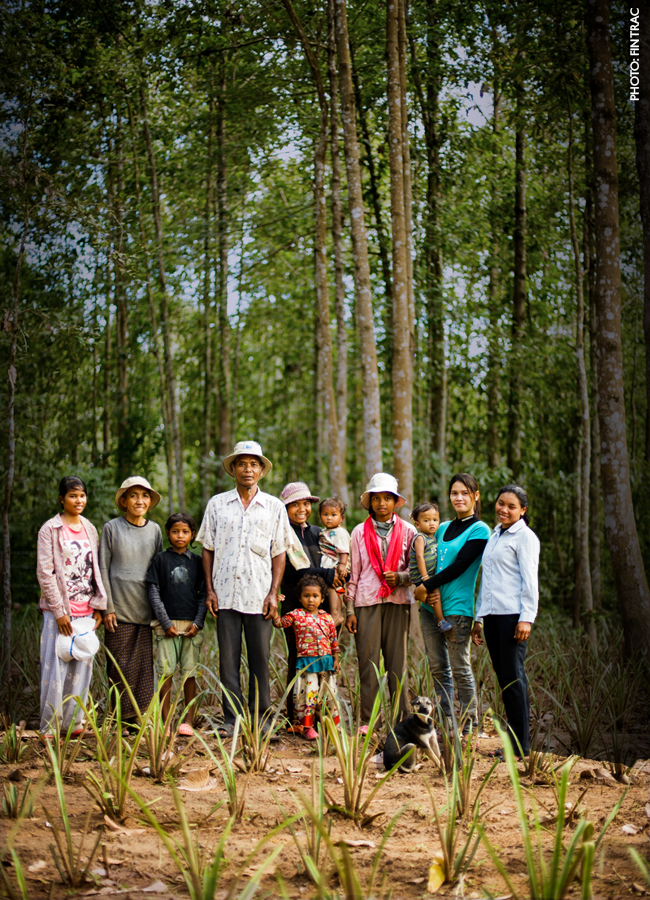
A rapidly changing environment will change the way people use, access and control land and natural resources. For this reason, strengthening land and resource rights is essential to help mitigate and adapt to climate change. Across the developing world, USAID is developing tools and testing new approaches to sustainably increase agricultural production, improve biodiversity conservation, and enhance ecosystem services. In Kenya and Namibia, for example, USAID and USDA are using mobile technology to link farmers, pastoralists, scientists and extension agents with information and tools to improve conservation and resilience through better land-use planning and land management. Learn more about land and climate change »
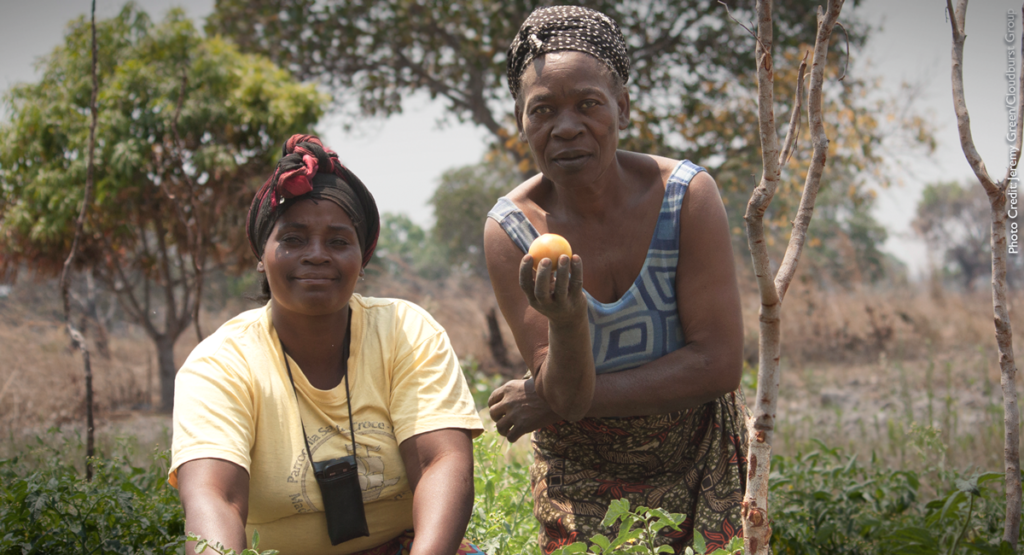
To meet the increasing food security demands of a rapidly growing global population, agricultural land must produce more food, using fewer resources, while at the same time build farmers’ resilience to the impacts of climate change. Climate smart agriculture (CSA) is one of the best ways to help smallholder farmers ensure a more sustainable future, but these practices have not been extensively adopted in part because without secure land rights, farmers lack a key incentive to invest in costly long-term climate-smart practices, since they may never see the return on their investment. Learn more about how land rights impact climate smart agriculture »
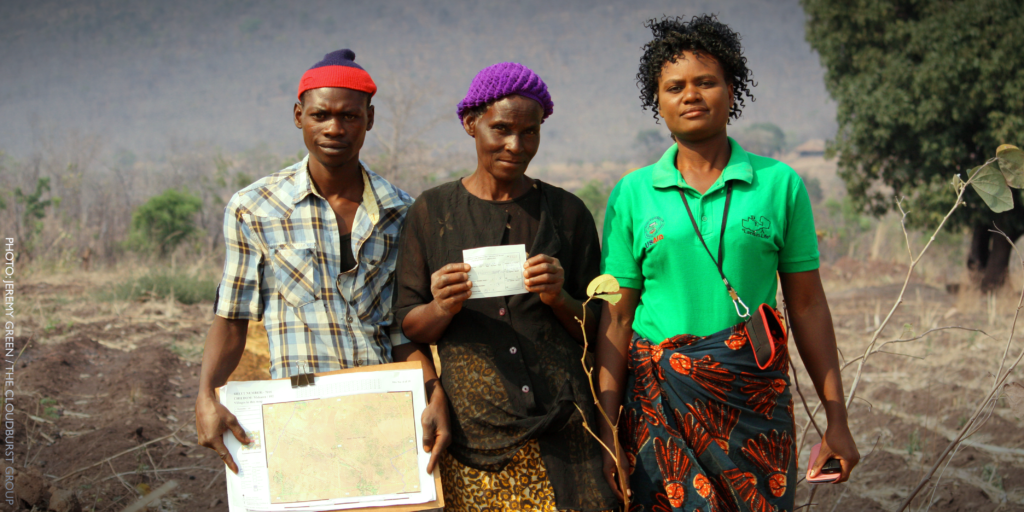
—Dr. Matthew Sommerville
In Zambia, sustainable agriculture is critical to food security and in preventing deforestation, but insecure land rights have led to conflicts and made Zambian farmers less likely to invest in climate smart approaches. That’s why USAID is working with communities to map and record boundaries and certify customary land rights in 150 villages using mobile technology. Because the community members participate in mapping their land and agree to boundaries prior receiving a certificate, this project’s approach is also helping to reduce conflicts within the community. Learn more about USAID’s land certification program in Zambia »
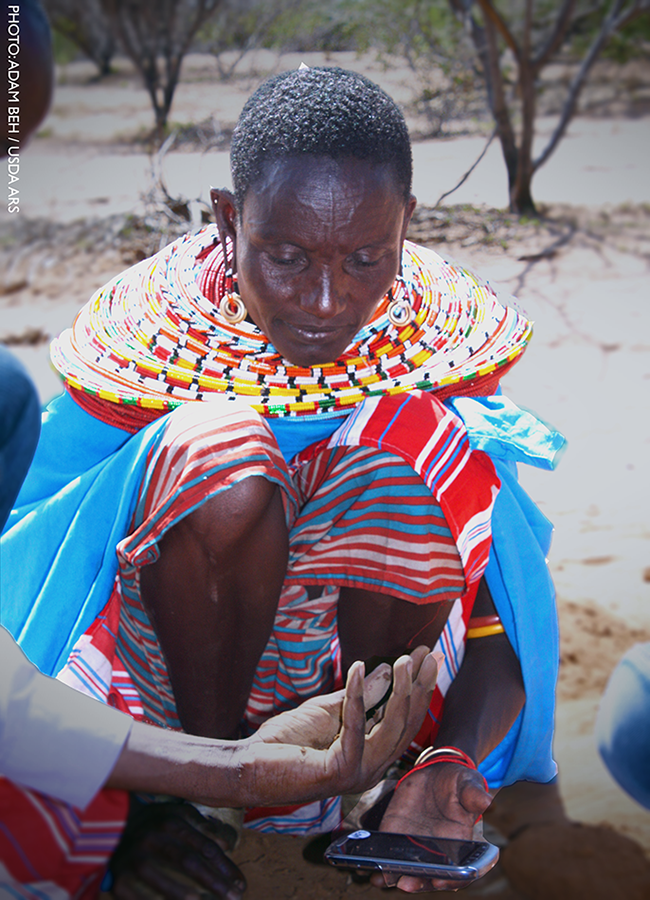
—The United Nations
Sustainable land management is key to combating climate change, but for farmers and pastoralists to use their land in a way that is ecologically sustainable, they must first understand the land’s potential. USAID and USDA have partnered to develop a system that collects, monitors, and aggregates information on land and soil properties that is shared globally through two mobile apps and a cloud-based platform that will allow scientists, farmers, pastoralists and extension agents to compare information and practices to better understand and manage different types of land. This platform links local rural communities with global experts to develop sustainable land management solutions. Watch this video featuring Land Potential Knowledge System (LandPKS) »
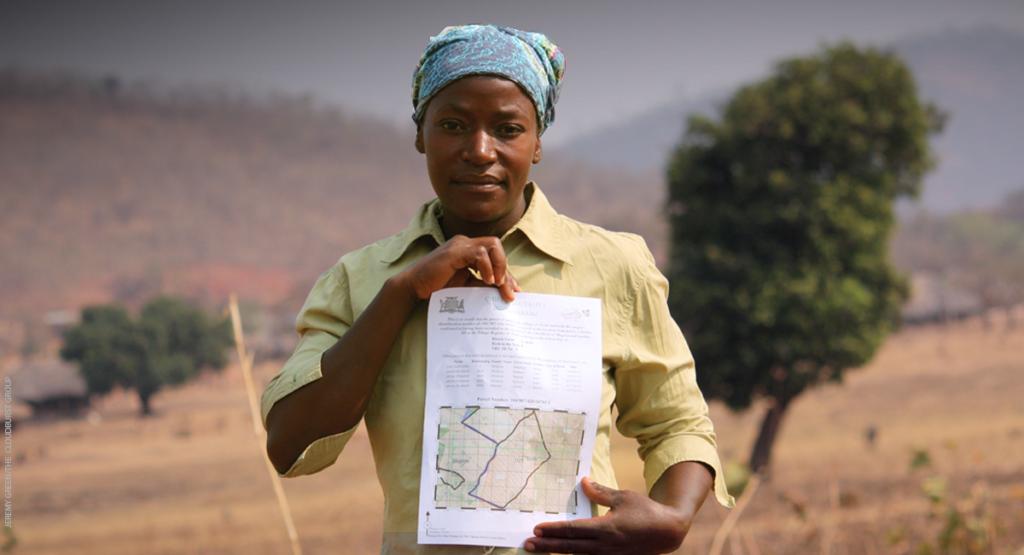
To continuously improve development projects, USAID uses impact evaluations to test the theories, tools and methods and determine what are the most effective strategies for reducing poverty, hunger and conflict. These rigorous impact evaluations go beyond traditional performance measurement to determine what outcomes are a direct result of the project itself, while strengthening our understanding of how different approaches fit with local contexts and needs. Today, USAID is conducting impact evaluations of land tenure programs in Ethiopia, Guinea, Liberia and Zambia. View USAID’s baseline findings »


